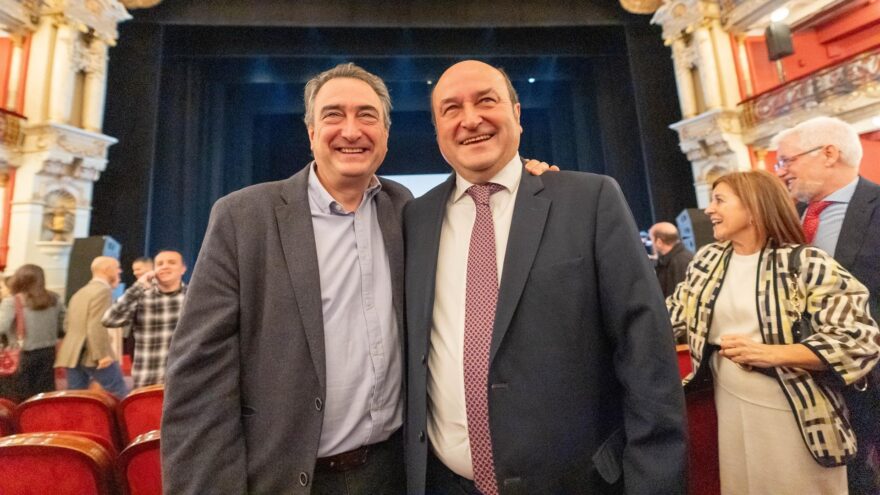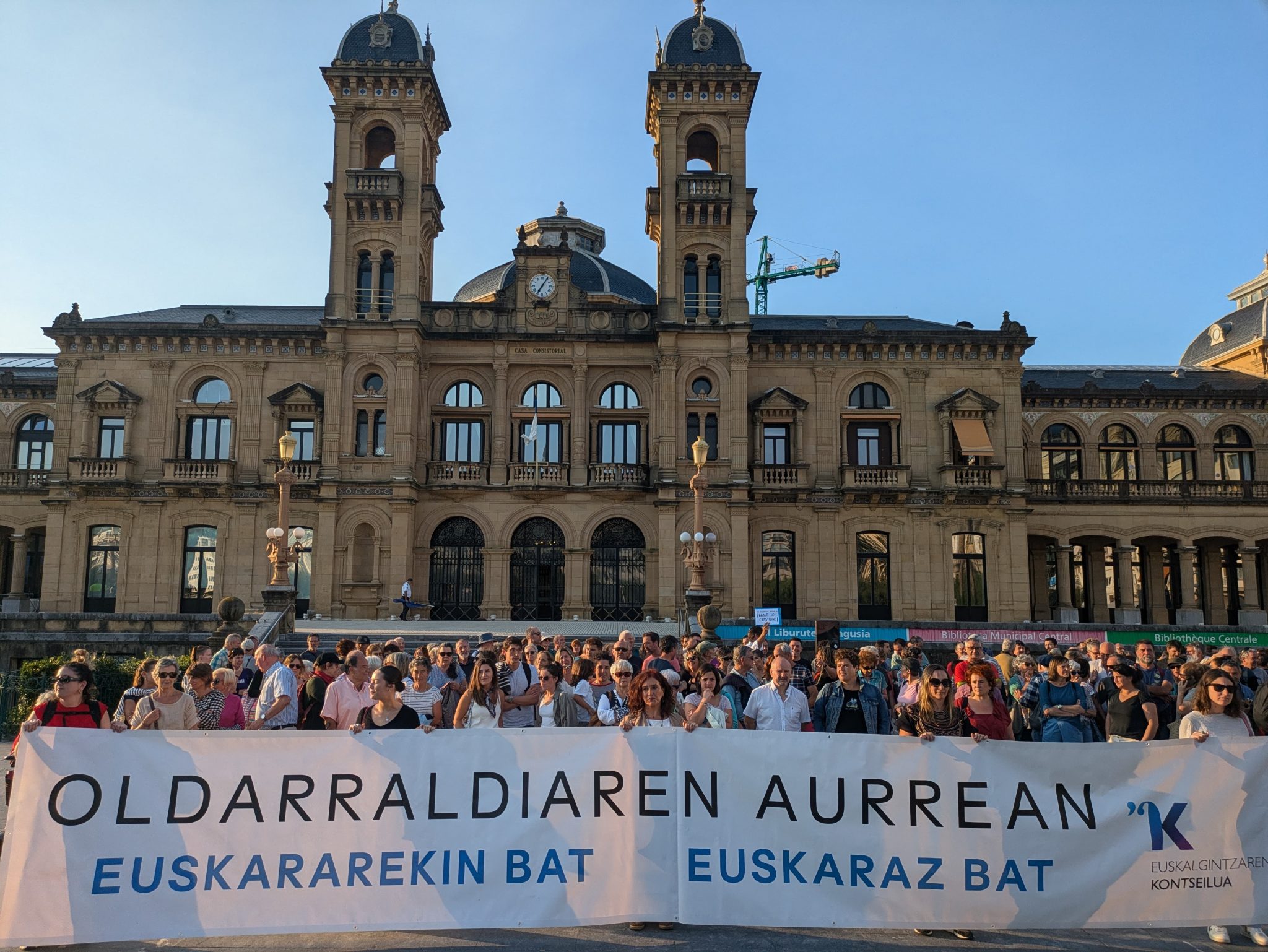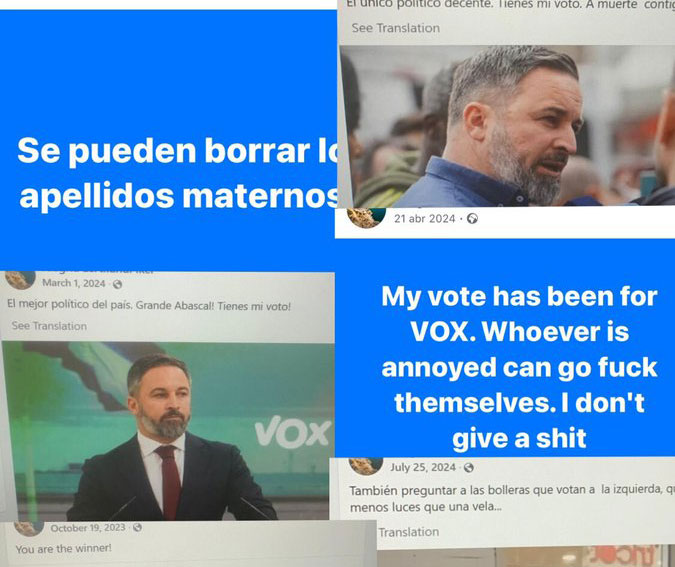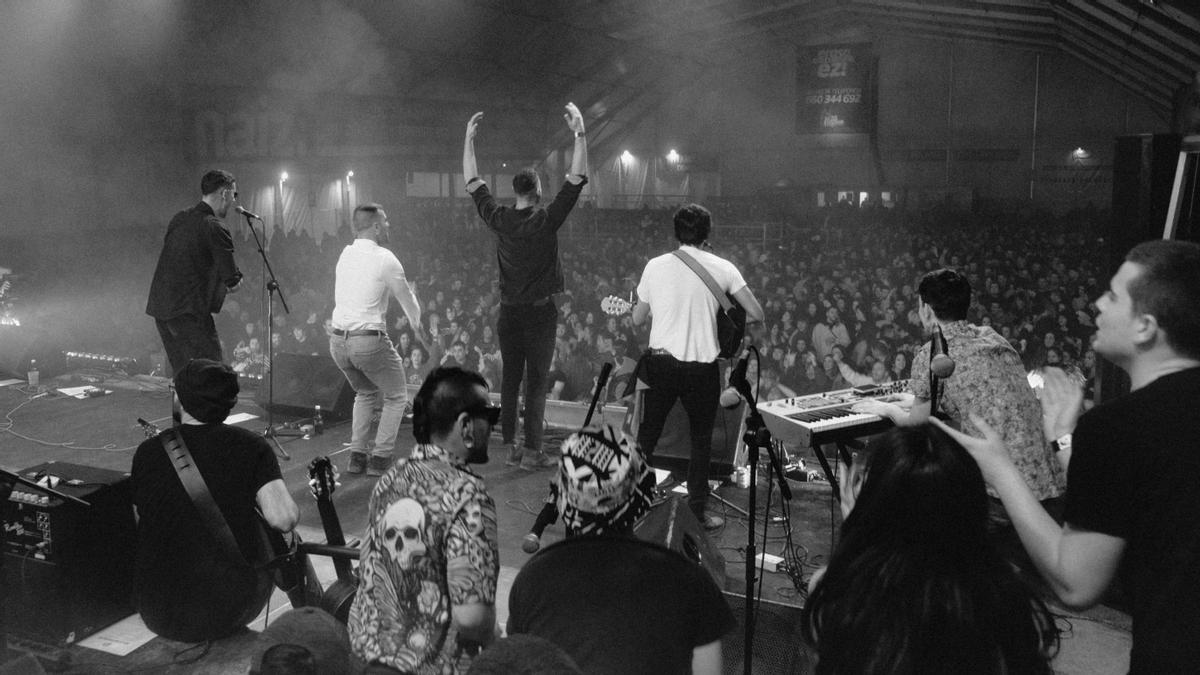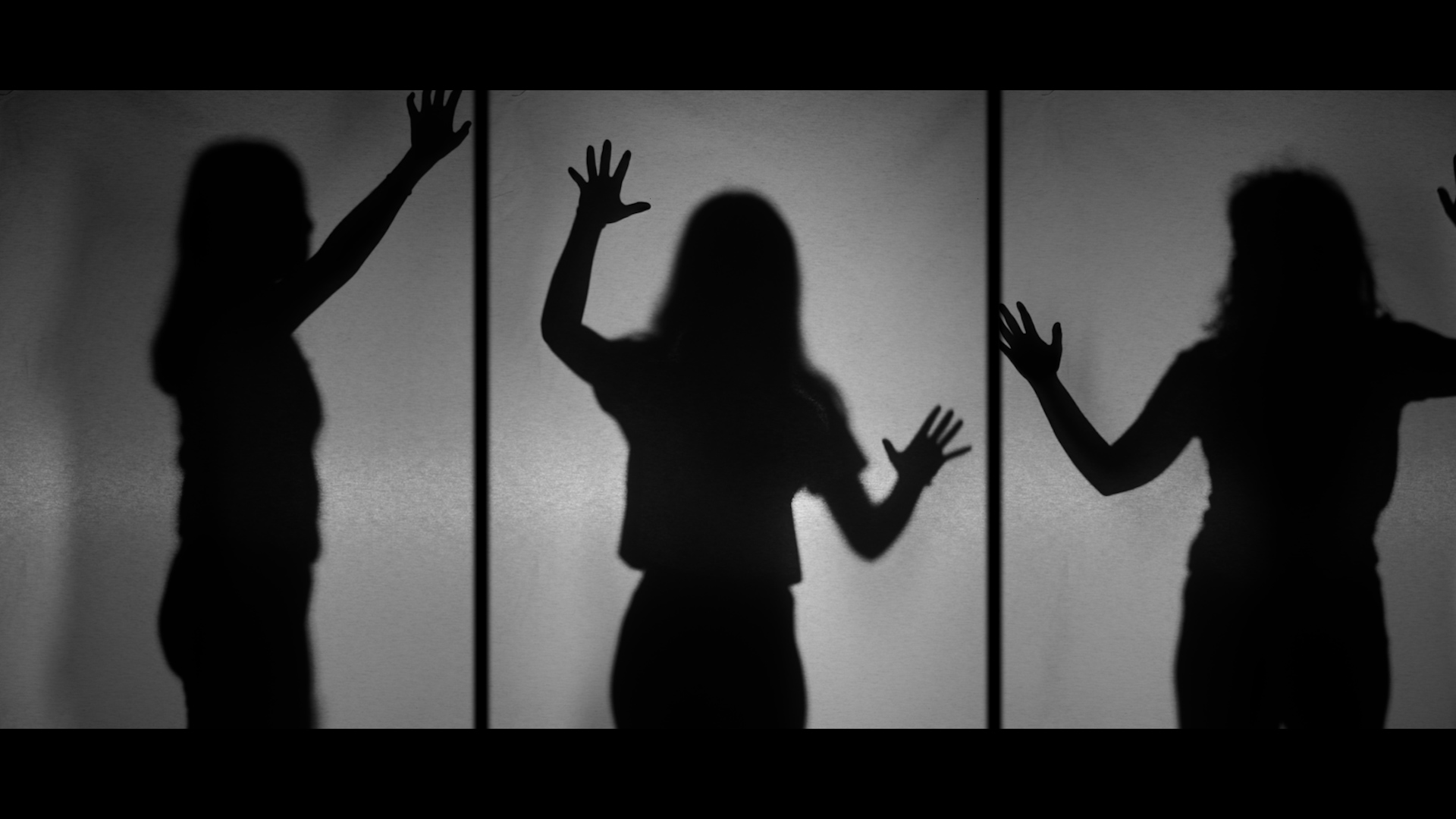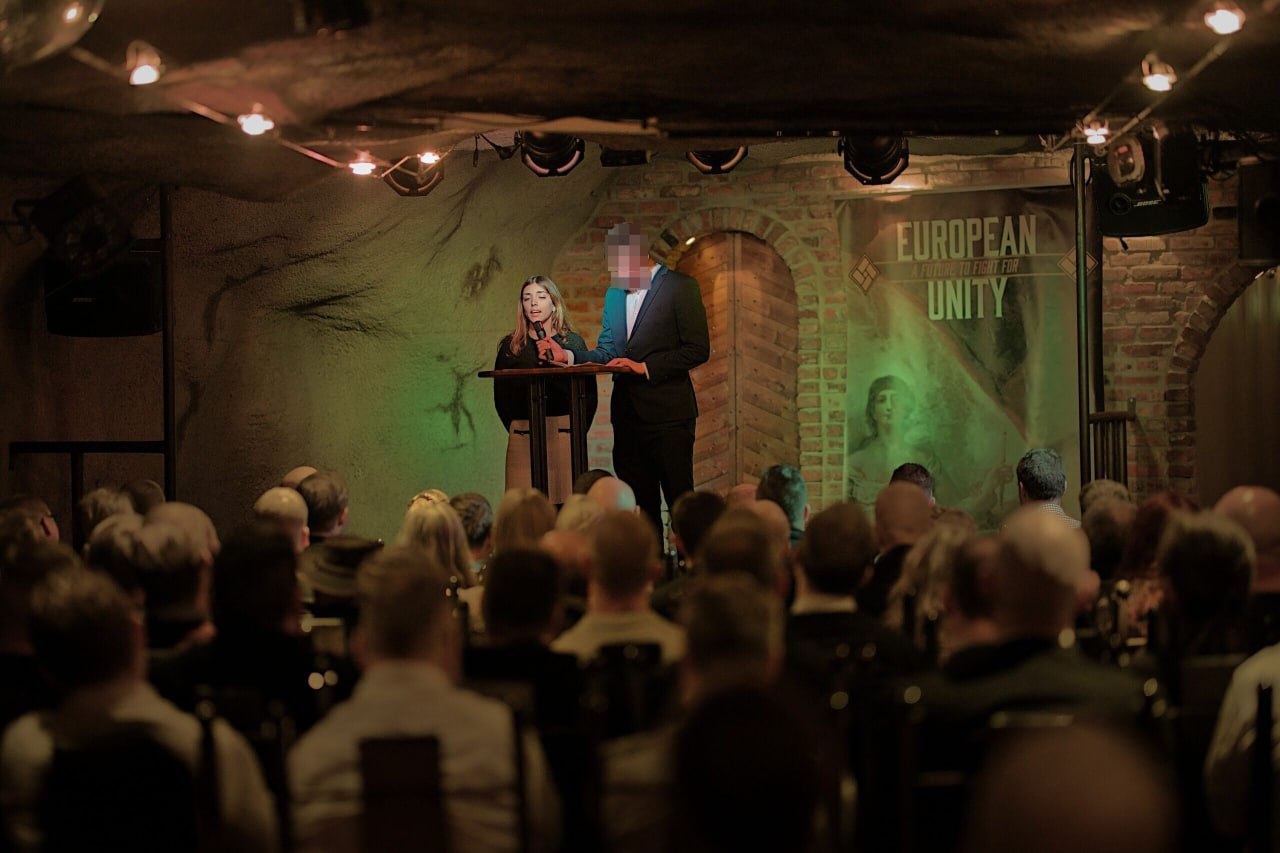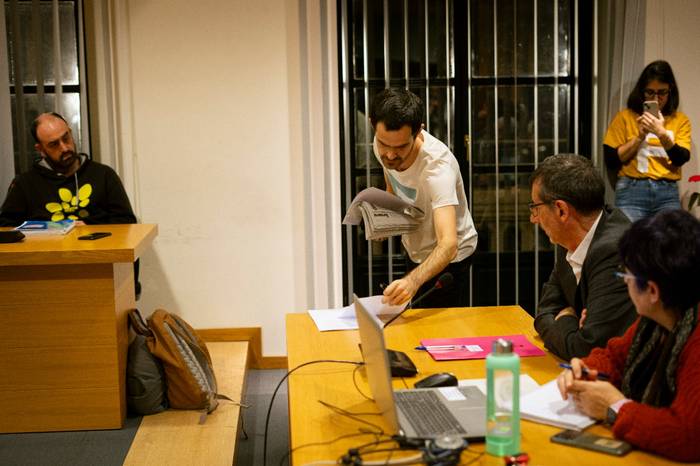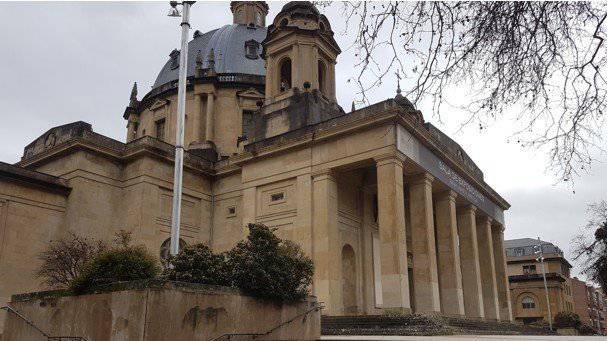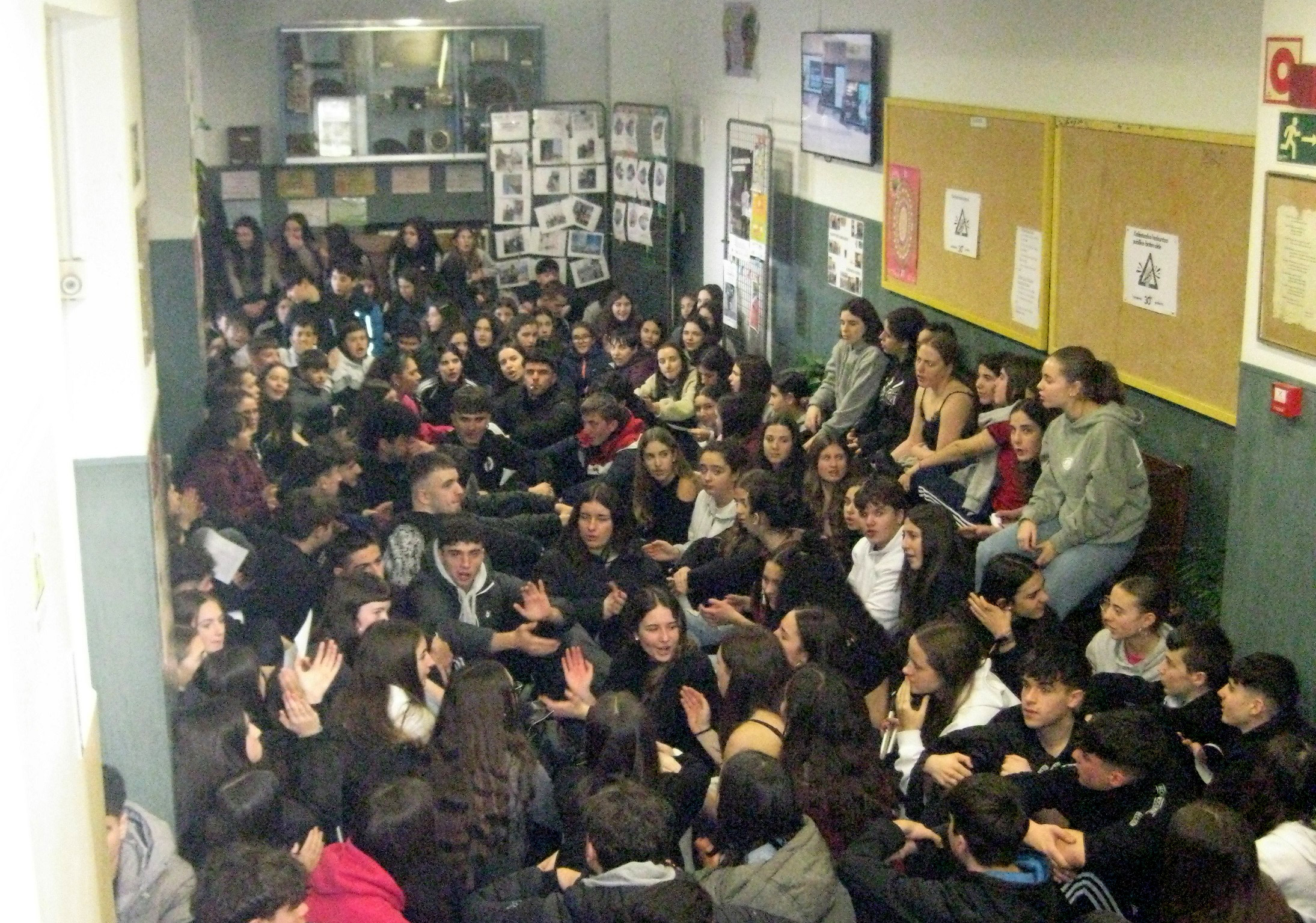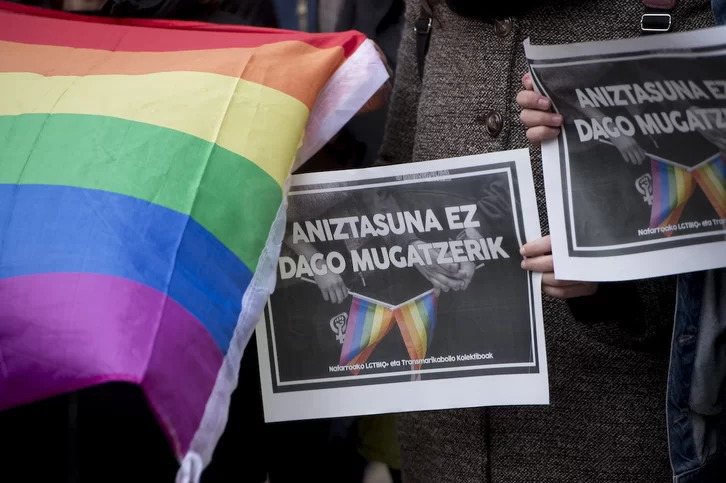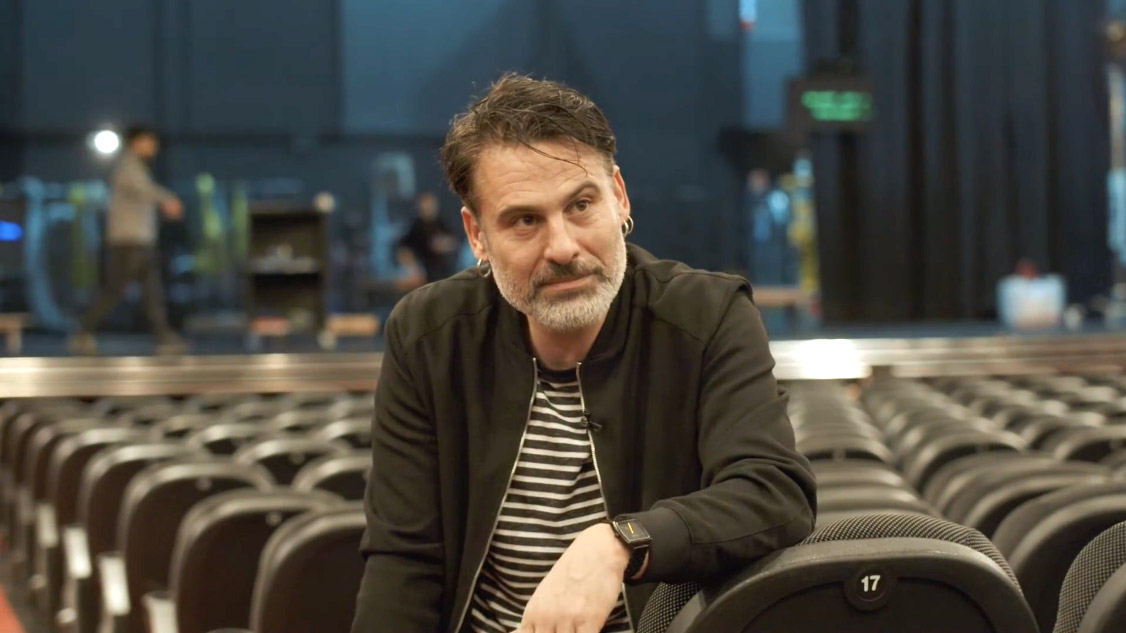Vitoria, forty years of impunity
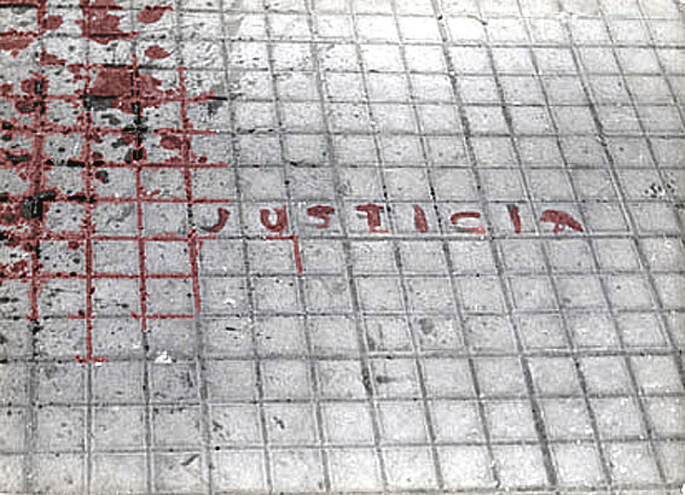
This week, on March 3, it is forty years since the Franco police shot five workers in Vitoria-Gasteiz to death. An assembly was being held in a church as part of a general strike with labour and social demands. Their names, which may have belonged to any other person, are already known to us: Pedro María Martínez Entertainment, Francisco Aznar, Romualdo Barroso, José Castillo and Welcome Perea. Many were shot and wounded. Since 1976 there has been a 40-year impunity offered by the Spanish State to those responsible for these Franco crimes, to the then Minister of Government, Manuel Fraga, who has already died, and to the then Minister of Trade Union Relations, Martín Villa.
Faced with the attitude of the Spanish State, the European Parliament is going to listen to the denunciation of the Association 3 of March. They want an investigation to be opened and Madrid is asked for justice, truth and reparation.
From that 1976 strike we should highlight two subjects. First: This strike went ahead thanks to the union between the workers and the people, especially the women, who contributed a great deal to support and develop the mobilization. Second: The general strike was maintained through the collaboration of the workers between the various companies, not through the trade unions, but through the coordinator who was satisfied with the workers elected in the assembly. The general assembly, which was normally held in the church, was a point of decision to carry out the strike. That self-organization did not like either the employers or the Government. They preferred to negotiate with the unions. And, no doubt, that was the main reason for attacking the assembly and firing, causing five deaths. This was the case of Vitoria 1976.
Vagina Shadow(iko)
Group: The Mud Flowers.
The actors: Araitz Katarain, Janire Arrizabalaga and Izaro Bilbao.
Directed by: by Iraitz Lizarraga.
When: February 2nd.
In which: In the Usurbil Fire Room.











